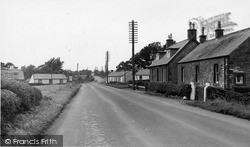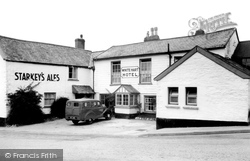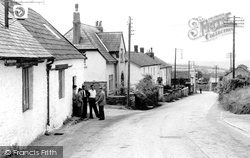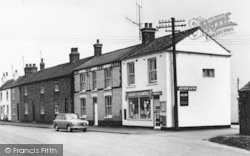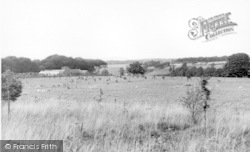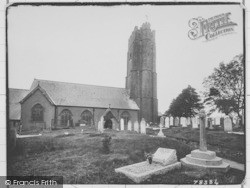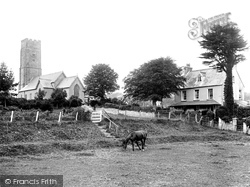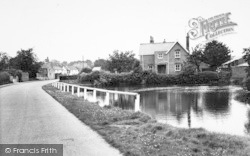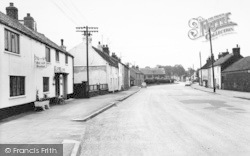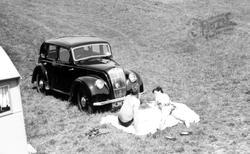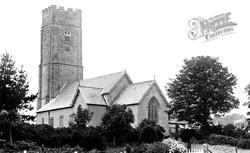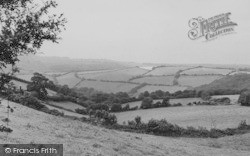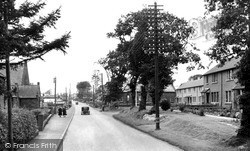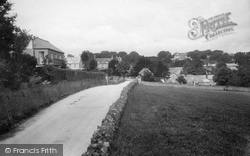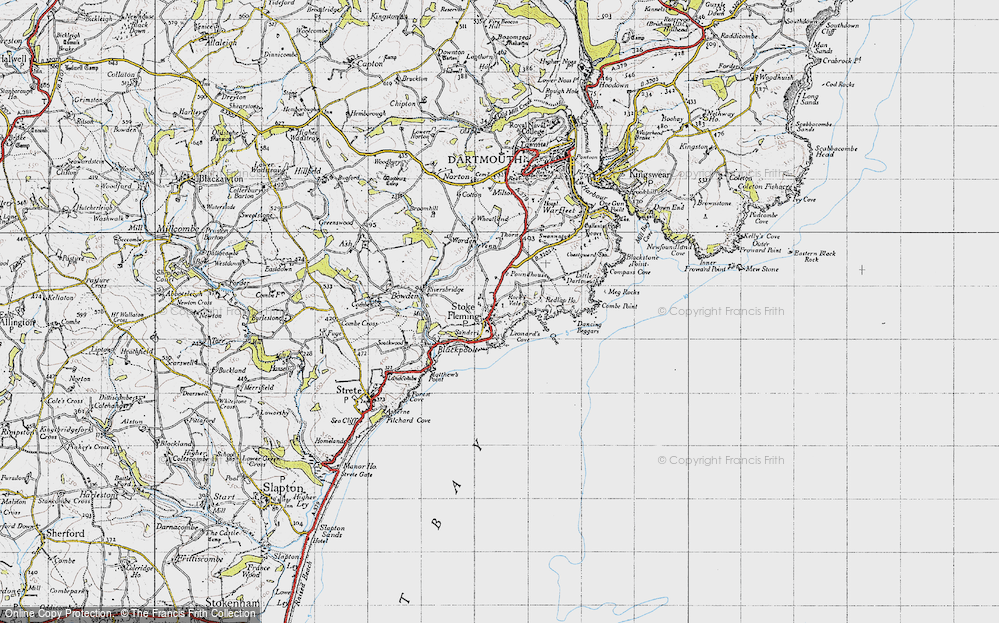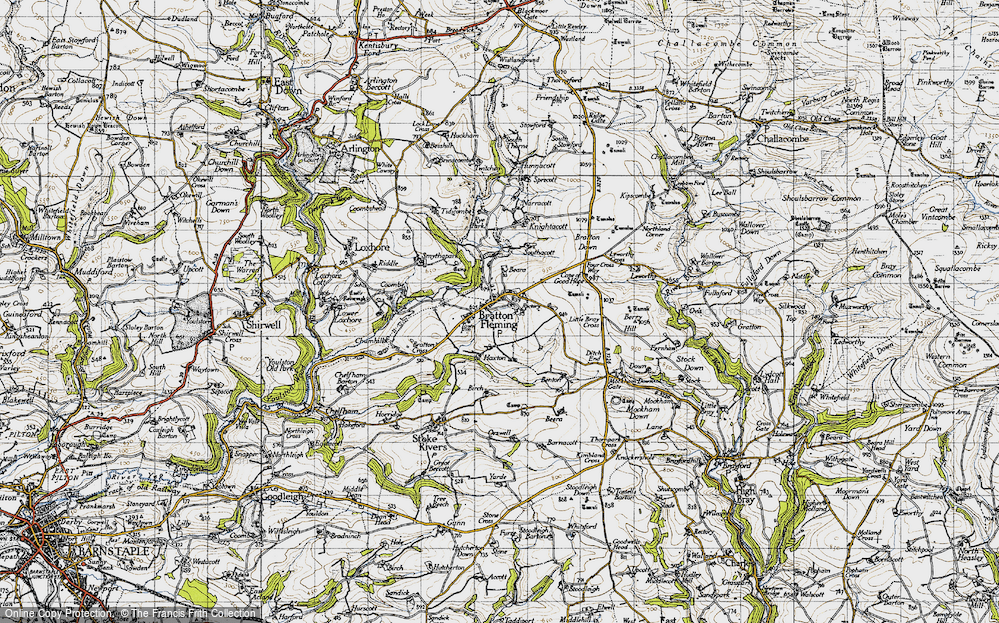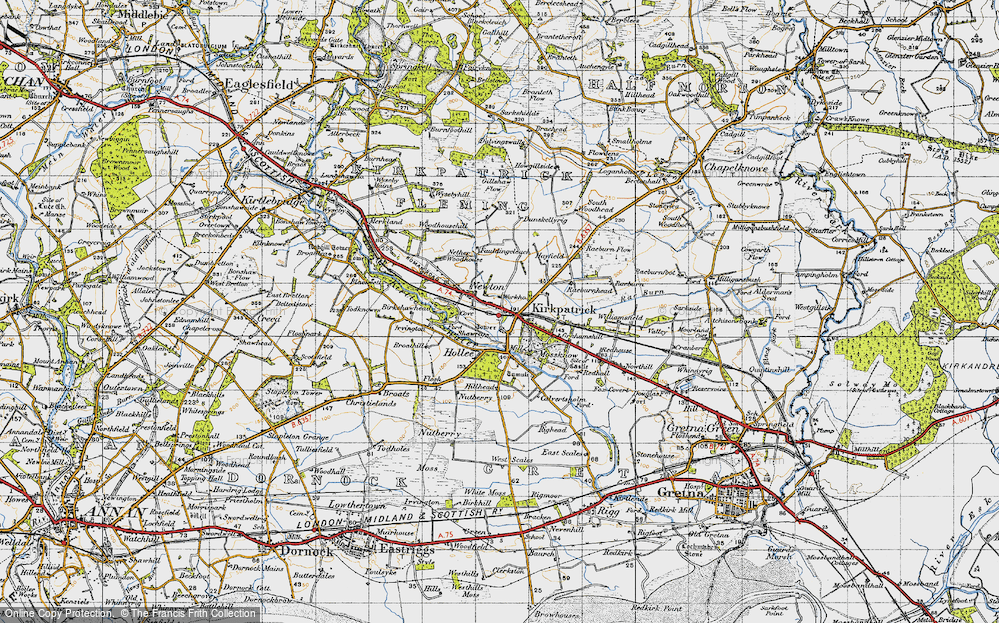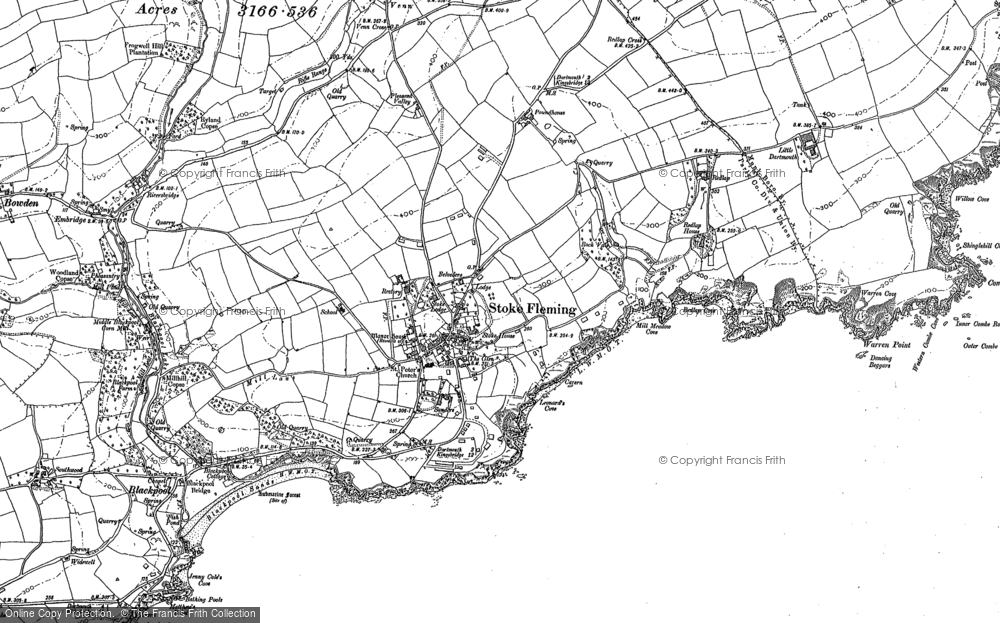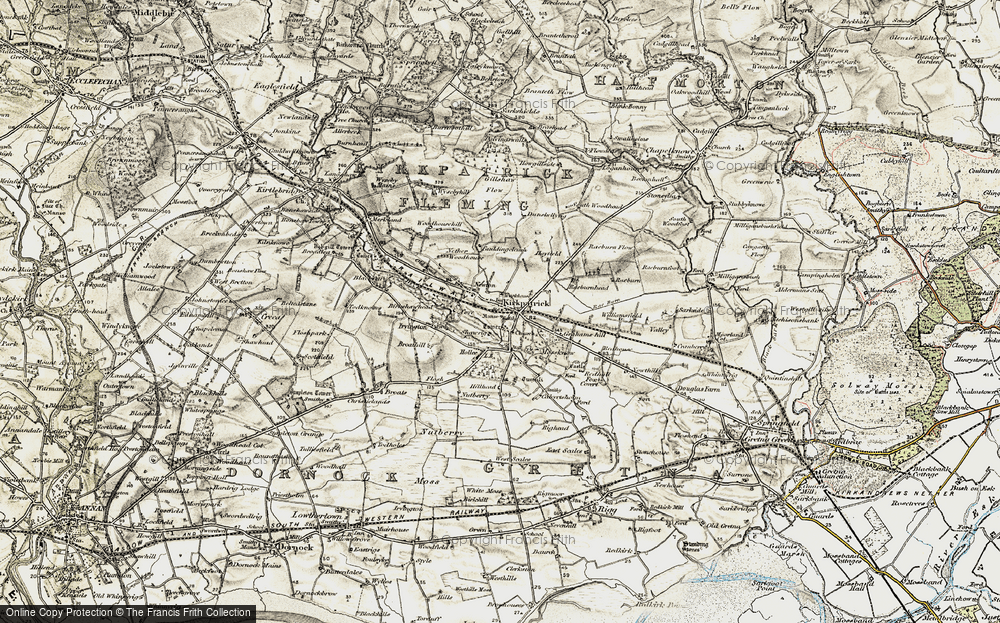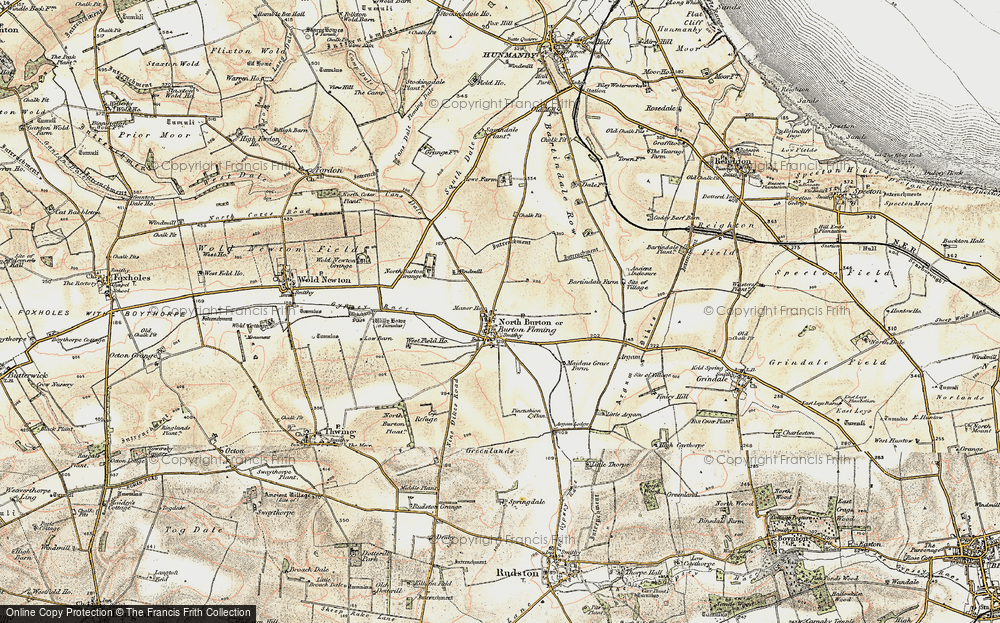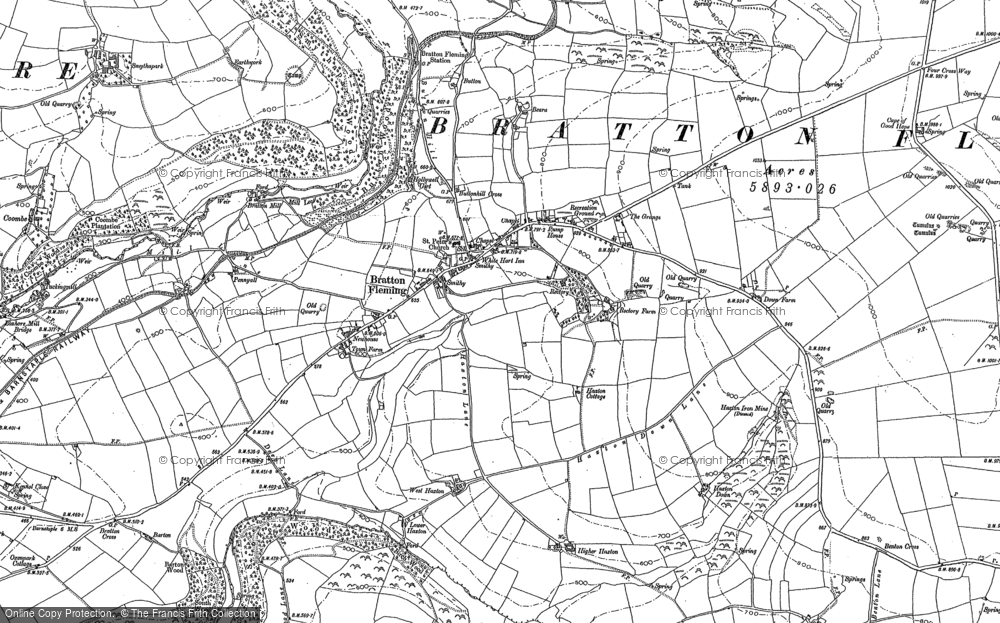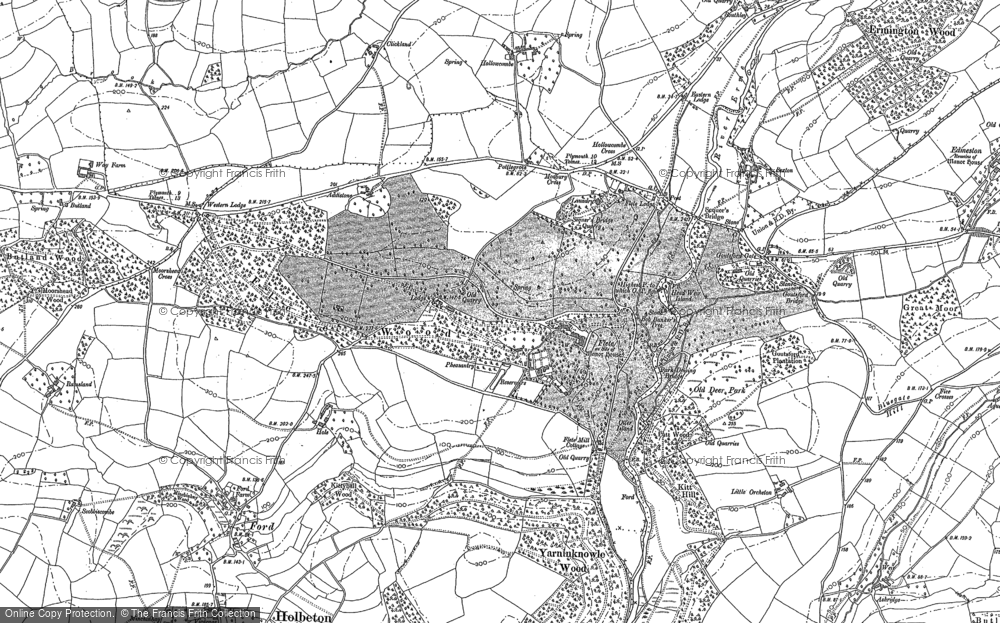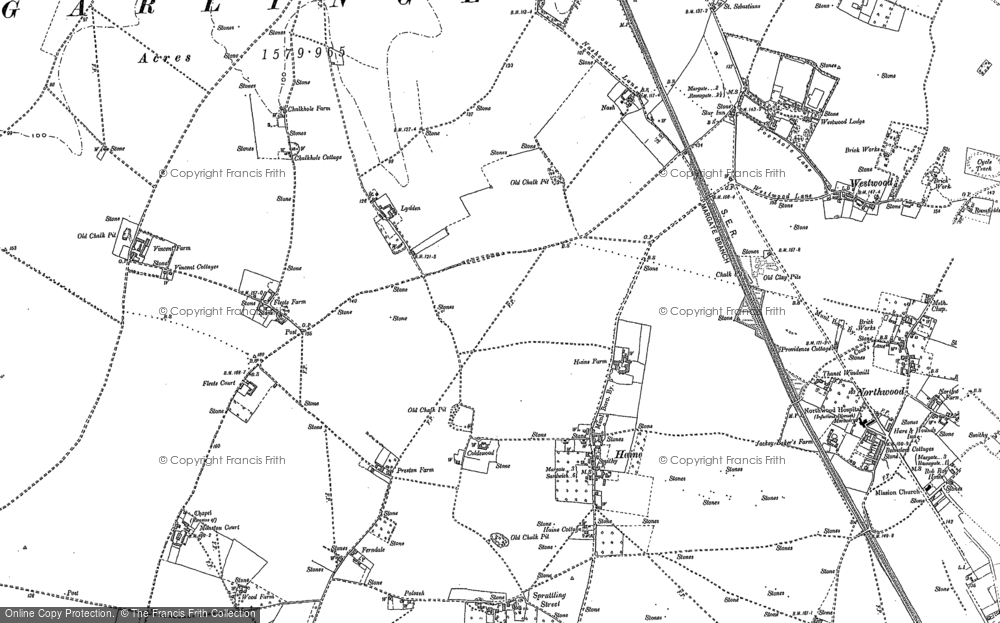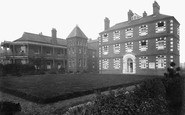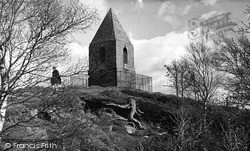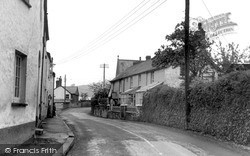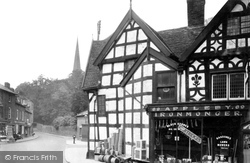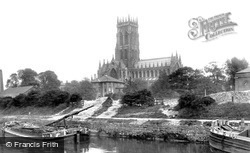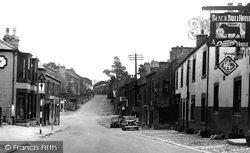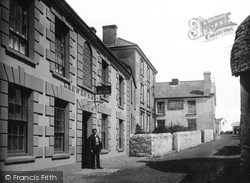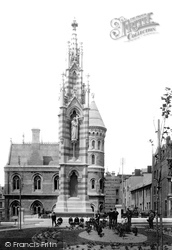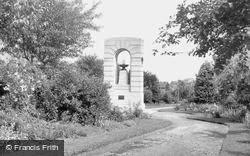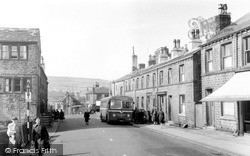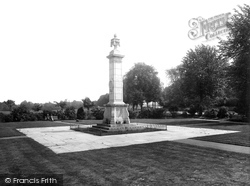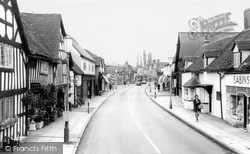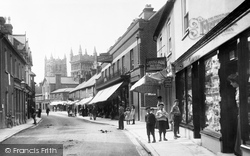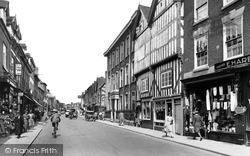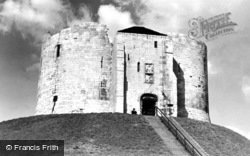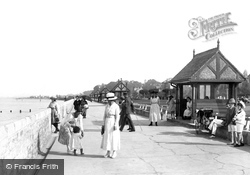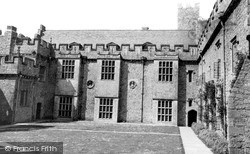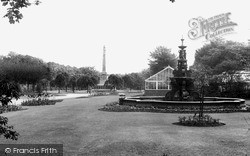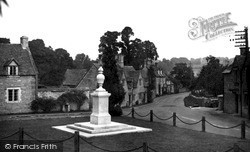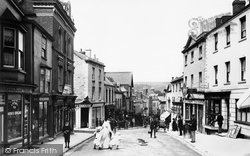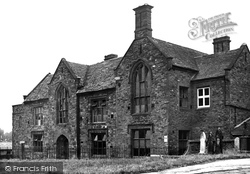Places
7 places found.
Those places high-lighted have photos. All locations may have maps, books and memories.
Photos
90 photos found. Showing results 21 to 40.
Maps
30 maps found.
Books
Sorry, no books were found that related to your search.
Memories
161 memories found. Showing results 11 to 20.
Days Gone By
My family arrived in Seaforth late in 1939 after we were shipped back from Gibraltar where my father was stationed with the Kings Regiment. Early memories of our house in Holly Grove are vague. My sister Maureen and I, along with ...Read more
A memory of Seaforth in 1940 by
Boyhood Memories From 1952
It was around this time that the tram lines were taken up from Sunderland Road in Gateshead. The men stored the old lines in Somerset Street and Devonshire Street. As boys we would dig up the tar from around the ...Read more
A memory of Gateshead in 1952 by
Personal Memories Of A Child
I was born in 1942 and by the time I was five years old I has a brother and two sisters. My mum and dad used to send me up to Longriggend for weekends and holidays, probably because my mum was so busy with the ...Read more
A memory of Longriggend in 1940 by
Where I Was Born
My Beginning, at Sole Street near Cobham Kent. (9th March 1946 - 2nd January 1951) I was born on Saturday March 9th 1946 at 3.29pm at Temperley, The Street, Sole Street, Kent. I was delivered at home by the ...Read more
A memory of Sole Street in 1946
I Was Born There
I remember going to school at Strete in the Easter, up to the summer holidays, as a 4 year old in 1964. When we were due to return, we had to go to Stoke Fleming primary because Strete primary had closed. All the Rowdens, Ewings, ...Read more
A memory of Strete in 1964 by
Dunsmore People And Happenings Remembered
PREFACE TO THE SECOND EDITION In 1995, when the first edition of this history was published, it seemed incredibly optimistic to have had three hundred copies printed for a market which ...Read more
A memory of Dunsmore by
Oldchurch Hospital 1956 57
I have such memories as a 17 year old of working in the 'Admins Office' in Oldchurch Hospital. I think I just walked in one day, got an interview and started on the Monday - no job centres or CVs needed then. The boss ...Read more
A memory of Romford by
Valence Park
During the 1940's my Mother worked as a part time Park Keeper at Valence Park, I and my older sister spent many hours in the park, it was the safest place to be during an air raid, I remember the doodle bug hitting the houses in ...Read more
A memory of Dagenham in 1944 by
Jarrett Family Of Ermington
In 1907 my Great-uncle, Arthur Jarrett, married Elizabeth Daniels in Ermington church. Elizabeth was the daugher of Frederick Daniels, who was then the landlord of the 'First and Last' Inn in Ermington. Arthur Jarrett ...Read more
A memory of Ermington in 1900
Personal Reflections
I was born in Sandleaze, Worton in 1957. I was brought up at 1 Mill Road near the Marston boundary. I remember many things about the village especially the Rose and Crown Pub and the Mill. I remember with pride the ...Read more
A memory of Worton by
Captions
51 captions found. Showing results 25 to 48.
Its flames flashed warnings during the Napoleonic wars and second Jacobite Rebellion.
The symbol then was a flaming torch, its detail picked out with white reflectors.
A favourite epitaph is that over the graves of Thomas Scaife and Joseph Rutherford, killed in a railway accident: 'My engine now is cold and still, No water does my boiler fill; My coke affords its flames
The story goes that as the old church went up in flames, the vicar exclaimed 'Good gracious, and I have left my false teeth in the vestry!'
It is interesting to note the old-fashioned flaming beacon school sign on the left, and the cobbled frontage to the cottages and the Black Bull Inn on the right.
In foul weather the Lizard presented a gloomy face, but when the sun shone and the gorse was in flame, it was a paradise for the botanist and holidaymaker.
Erected in 1895 as a memorial after the removal of an ancient burial ground, St Andrew's Cross was damaged the night before the church went up in flames and was subsequently removed.
The cenotaph does not look quite so pristine these days: the plaque is missing, and the niche containing the eternal flame is guarded on both sides by ugly plastic panels.
The old flaming torch sign (left) marks the approach to the village school in Holmfirth Road, Meltham, another Pennine edge town founded on the textile industry.
The cenotaph does not look quite so pristine these days: the plaque is missing, and the niche containing the eternal flame is guarded on both sides by ugly plastic panels.
The grey granite war memorial has the names of the fallen on the base, an inscription on the column and is surmounted by an everlasting flame.
The story goes that as the old church went up in flames, the vicar exclaimed 'Good gracious, and I have left my false teeth in the vestry!'
One Sunday in 1945 a tremendous explosion rocked the village, and a ball of flames erupted from behind the trees on Warwick Road.
One Sunday in 1945 a tremendous explosion rocked the village, and a ball of flames erupted from behind the trees on Warwick Road.
Flames jumped the road and damaged a thatched building opposite.
Charles Stuart, fleeing after his defeat at the Battle of Worcester in 1651, reached Bromsgrove disguised as the servant of the remarkable Jane Lane.
Members of the Jewish community who had sought refuge in the castle either died in the flames when it was set alight or were butchered as they attempted to escape.
Germany had defeated France at the Battle of Sedan and the Empress was forced to flee her homeland for ever.
Unfortunately, the funerary decorations caught fire, and body, portraits, and the great gallery went up in flames.
The plinth on which the column stands is 7ft high and the obelisk is 42ft with a sculpted eternal flame at the top.
The stone flaming urn of the war memorial, designed by Sir Edwin Lutyens, holds centre stage at the crossroads in this attractive village built exclusively in the native Cotswold stone.
The steep, winding and narrow High Street (down which flaming tar barrels were rolled to the terror of the populace until the practice was banned in 1824) gives an excellent impression of
It was opened twice a week by Mr Webb, the headmaster of the Abbey School - its sign with a flaming torch can be seen on the right-hand end of the building.
The window that you can see to the left of the lamp-post now has modern stained glass in it, in wonderful reds and oranges, to depict the flames of the bombing; it was designed as a tribute to the Cathedral
Places (7)
Photos (90)
Memories (161)
Books (0)
Maps (30)


